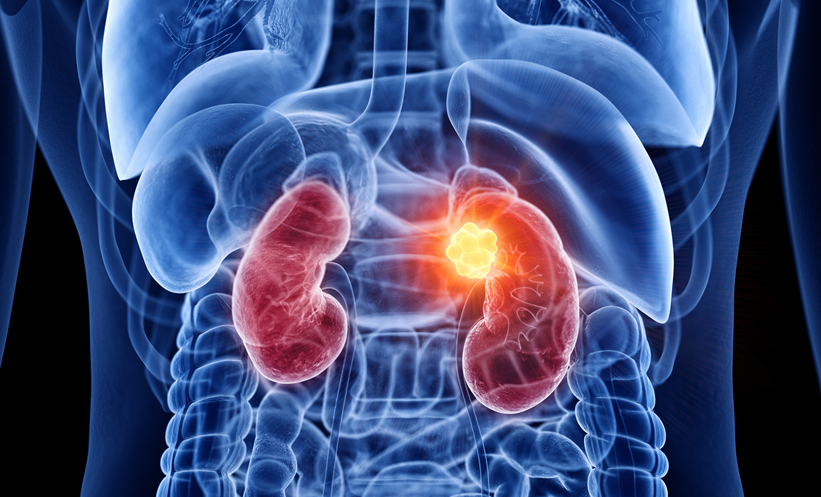INTRANASAL insulin (INI) has emerged as a promising therapeutic candidate for neurological conditions such as Alzheimer’s disease, but questions remain regarding the effectiveness of its delivery to the brain. A recent study presented the first human positron emission tomography (PET) investigation using a novel radiotracer, [⁶⁸Ga]Ga-NOTA-insulin, delivered with a specialised intranasal device. The aim was to evaluate insulin uptake and distribution in the brain following nasal administration. A key finding from the study is that insulin uptake was significantly increased in 11 distinct brain regions, providing a strong validation method for intranasal delivery protocols ahead of clinical trials.
In this first-in-human study, researchers administered [⁶⁸Ga]Ga-NOTA-insulin intranasally using the Aptar Cartridge Pump System. Participants included cognitively normal adults (n=7) and individuals with mild cognitive impairment (MCI; n=9). A dynamic 40-minute brain PET scan and a 15-minute whole-body PET/CT scan were conducted following radiotracer delivery. PET images were fused with MRI to track regional uptake. Physiological parameters, including pulse pressure and plasma insulin levels, were measured throughout. The radiotracer was synthesised with high radiochemical purity (>99%) and molar activity (95 GBq/μmol), ensuring the precision of the imaging data.
The results demonstrated a mean whole-brain standard uptake value (SUV) of 0.68±0.01 g/mL. Radioactivity was undetectable in the brain and body by 40 and 60 minutes post-administration, respectively. Statistically significant increases in SUV (p<0.01) were seen in 11 brain regions, notably the olfactory cortex, hippocampus, amygdala, insula, and thalamus. Distinct uptake patterns were observed between the cognitively normal and MCI groups, and uptake levels correlated with sex, vascular markers, and phosphorylated tau217.
This study confirms that intranasally administered [⁶⁸Ga]Ga-NOTA-insulin is both safe and effective for visualising brain insulin uptake. Importantly, it provides a replicable framework for validating intranasal delivery systems in future clinical trials. However, the small sample size and exploratory nature of subgroup analyses limit the generalisability of these findings. For clinical practice, this work highlights the importance of confirming device-specific delivery efficacy before initiating INI-based therapeutic trials and highlights the need to consider individual patient characteristics, such as vascular health and cognitive status, in future treatment strategies.
Reference
Sai KKS et al. First-in-human positron emission tomography study of intranasal insulin in aging and MCI. Alzheimers Dement (N Y). 2025;11(3)370123.








